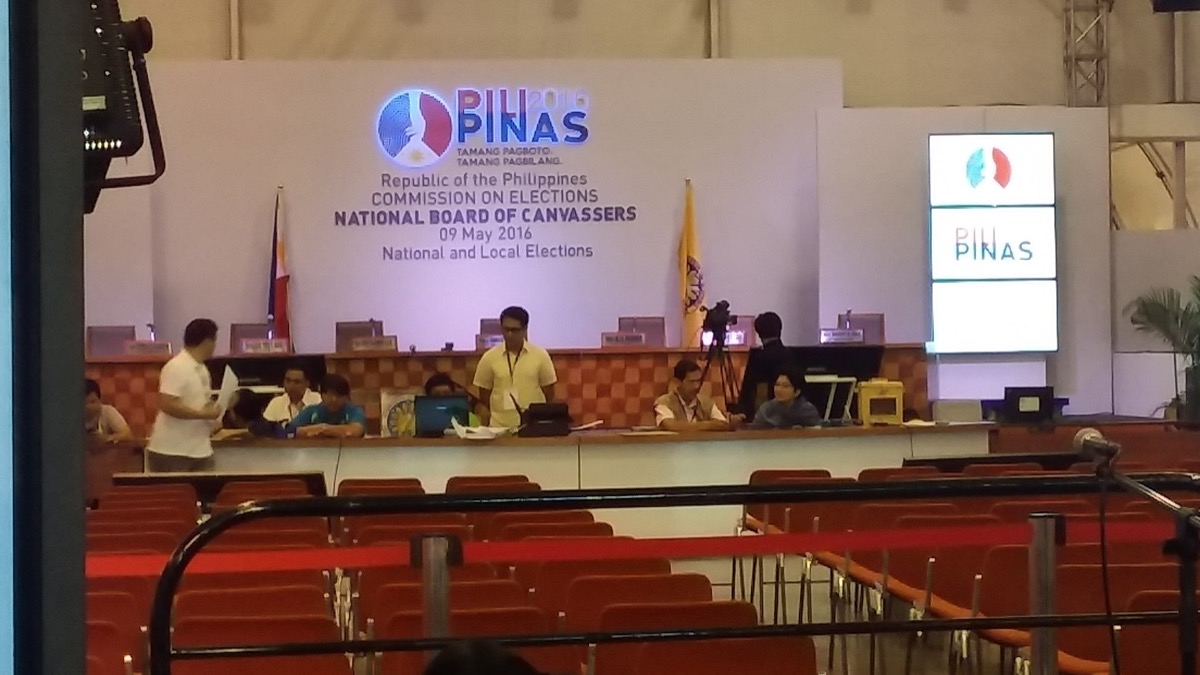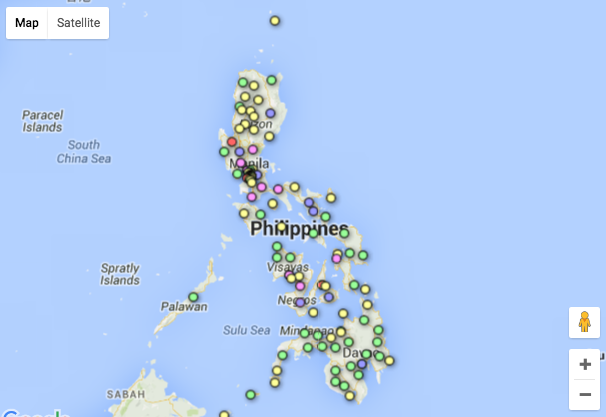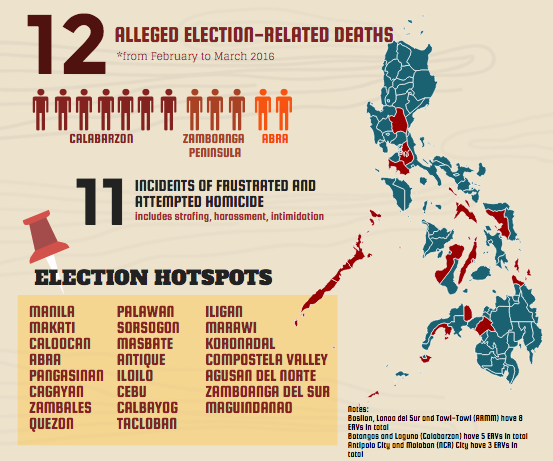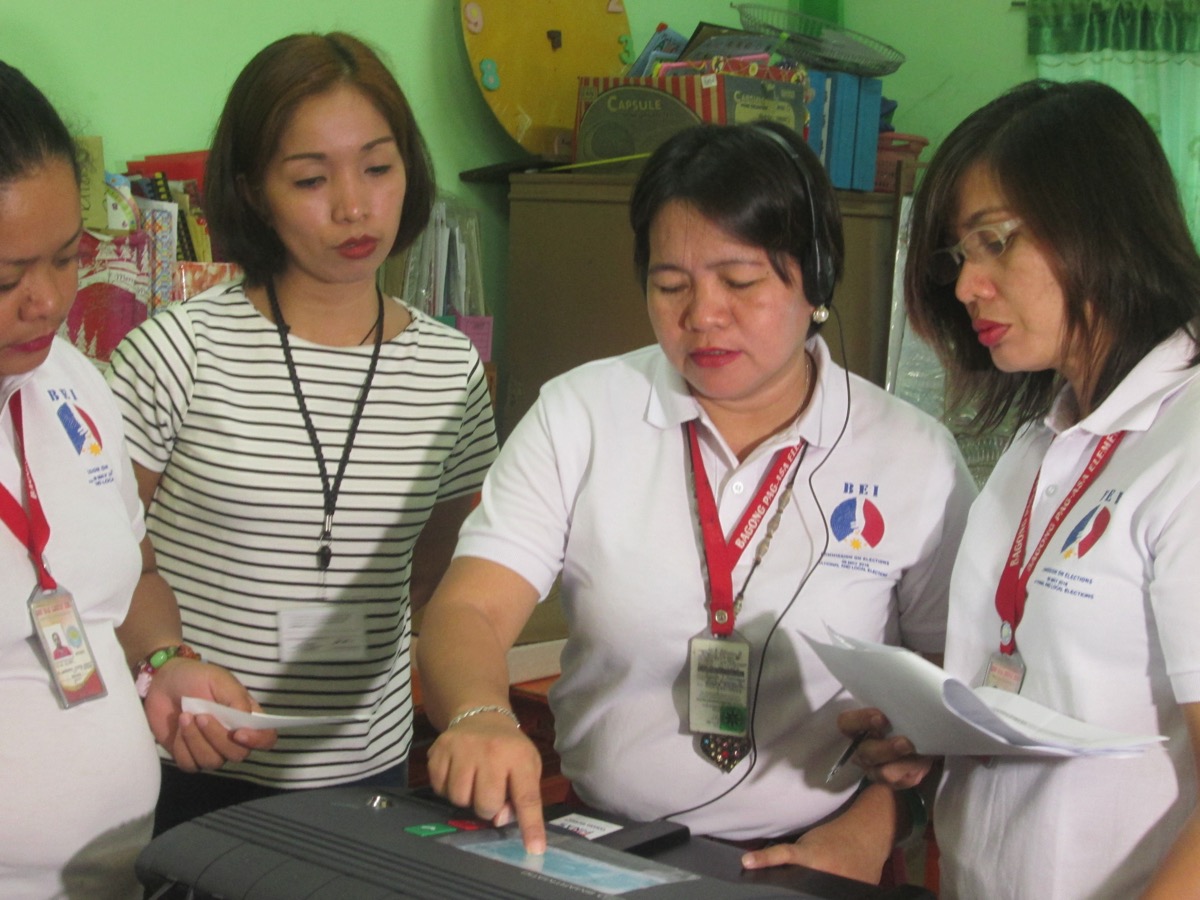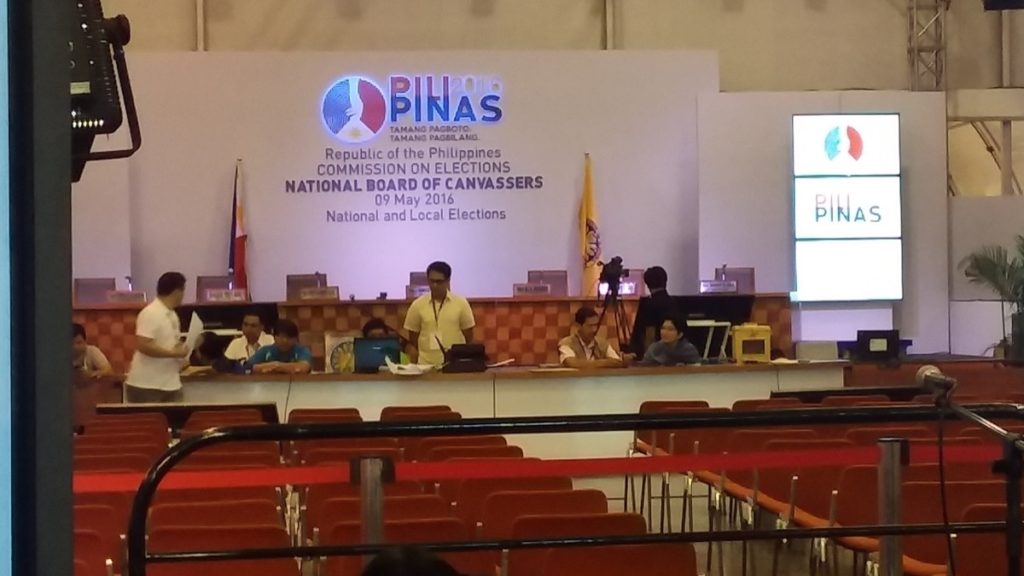
By VERLIE Q. RETULIN
THE Random Manual Audit (RMA) Committee has released the official list of clustered precincts selected for random manual audit Tuesday.
Representatives of the RMA team will be deployed to 715 cities and municipalities nationwide to manually count the votes.
The results will then be compared to the election returns prepared by the Board of Election Inspectors on election day.
“The purpose of what we’re doing now is to help verify the accuracy of the vote counting machine,” Dave Balangue, chairman of the National Citizens’ Movement for Free Elections (NAMFREL), said.
The RMA is one of the safeguards of the automated election system (AES) under the Automated Election System Law. This is done to ensure the integrity and reliability of the election process.
The committee is composed of Commission on Elections Commissioner Louie Guia, NAMFREL chairman Dave Balangue and alternate chairperson Tammy Lipana, and Philippine Statistics Authority official Josie Perez.
“The law requires that at least one clustered precinct will be subjected to the random manual audit. But for this election, we decided that we will increase the sample,” Lipana said.
Balangue believes that the current sample size of 715 precincts is sufficient to determine whether the results are accurate and apply it to the 92,509 VCMs used in this election.
The sample size in the 2013 elections was 234 precincts. (See More random manual audit precincts seen for 2016 polls)
Lipana points out, however, that the results of the manual audit will not influence the proclamation of the winning candidate, which will be based on the canvassing done by the Comelec.
“It will not affect the proclamation but were testing—confirming the accuracy of the count done by the VCM,” Lipana said.
If there’s conflict between the official tally and the manual audit, the official tally prevails and the results of the audit will just be used as a lesson for future elections.
“If there are variances, then we’ll have to investigate, verify and whatever the results may be used to improve the procedure in the system in the succeeding elections,” Lipana said.
She also clarified that the result of the RMA will be forwarded to the RMA committee for verification or validation only if the variances exceed 10 ballots for each precinct.
If the difference is less than 10, the audit returns will not be subject to verification by the RMAC.
Aside from the manual audit, Balangue cited the source code review and the Voter Verified Paper Audit Trail as two other means to verify the accuracy of the VCMs.
Balangue also explained the process that members of the RMA team should observe from the moment they receive a copy of the list until the drafting of the formal report.
The team, Balangue said, is in-charge of preparing the tally sheet, the audit return and the audit minutes once the process is complete, which will then be forwarded to the RMA committee.
The RMA committee will then compile the individual reports into a database that would serve as the basis of the RMAC in preparing a written report to be submitted to Comelec.
However, if there are issues, such as questionable marks or figures that do not match with the transmitted results, the RMA team would have to send the entire ballot box with the questionable ballots already segregated in separate envelopes.
Asked when the report will be available, Balangue said, “It’s too soon for us to ascertain how long it will take for the RMAC to complete its report.”
On May 9, the RMA committee presented the initial list of areas where manual audits will be held. That same day, however, five of these areas had been replaced due to accessibility issues and concerns on peace and security.
The following day, three more areas which had been replaced. The replacements came from the committee’s contingency list.
